Category: Planets
-

Saprolite
Saprolite is a chemically weathered rock. Saprolites form in the lower zones of soil profiles and represent deep weathering of the bedrock surface. In most outcrops, its color comes from ferric compounds. Deeply weathered profiles are widespread on the continental landmasses between latitudes 35°N and 35°S. Conditions for the formation of deeply weathered regolith include a topographically moderate relief flat enough to prevent erosion and to allow leaching of the products of chemical weathering. A second…
-

Chrysiasis
Chrysiasis is a dermatological condition induced by the parenteral administration of gold salts, usually for the treatment of rheumatoid arthritis. Such treatment has been superseded as the best practice for treating the disease because of “numerous side effects and monitoring requirements, their limited efficacy, and very slow onset of action”. Similar to silver, a gold preparation used parenterally for a long period may rarely…
-
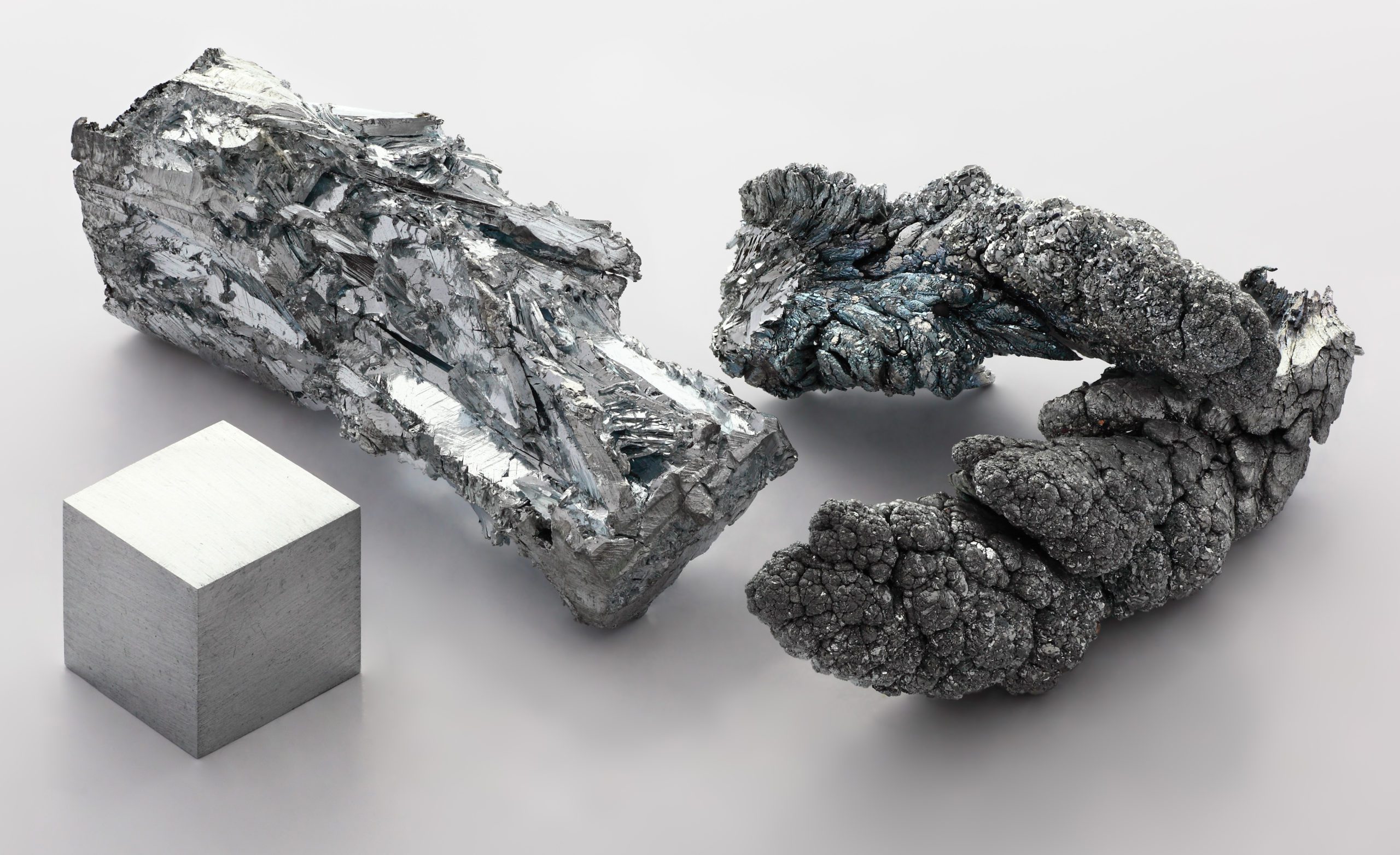
Zinc, maybe
No proof for the need of zinc in human cells was shown until the late 1930s. More than most ever wanted to know about zinc. A work in progress.
-

Riboflavin and its breakdown products interact with DNA, making this system attractive in the photodisinfection of blood and blood products
The application of photosensitisers to tropical pathogens in the blood supply Mark Wainwright PhD, Mauricio S. Baptista, in Photodiagnosis and Photodynamic Therapy, 2011 Riboflavin As vitamin B2, riboflavin (Fig. 5) is an essential nutrient in humans. The Mirasol system (Navigant Biotechnologies Inc., CO, USA) utilises riboflavin as a photosensitiser in conjunction with long-wave ultraviolet light [37]. Plainly given its essential nature, there are fewer potential toxicity problems…
-

In Chinese alchemy, elixir poisoning refers to the toxic effects from elixirs of immortality that contained metals and minerals such as mercury and arsenic
In Chinese alchemy, elixir poisoning refers to the toxic effects from elixirs of immortality that contained metals and minerals such as mercury and arsenic. The official Twenty-Four Histories record numerous Chinese emperors, nobles, and officials who died from taking elixirs to prolong their lifespans. The first emperor to die from elixir poisoning was likely Qin Shi Huang (d. 210 BCE) and the last was the Yongzheng Emperor (d. 1735 CE). Despite common knowledge…
-

Glycoside
In chemistry, a glycoside is a molecule in which a sugar is bound to another functional group via a glycosidic bond. Glycosides play numerous important roles in living organisms. Many plants store chemicals in the form of inactive glycosides. These can be activated by enzyme hydrolysis, which causes the sugar part to be broken off, making the chemical available for use. Many such plant glycosides are used as medications.…
-

Cells in the APUD system may include melanocytes
Melanocytes are melanin-producing neural crest-derived cells located in the bottom layer (the stratum basale) of the skin’s epidermis, the middle layer of the eye (the uvea), the inner ear, vaginal epithelium, meninges, bones, and heart. Melanin is a dark pigment primarily responsible for skin color. Once synthesized, melanin is contained in special organelles called melanosomes which can be transported to nearby keratinocytes to induce pigmentation. Thus darker skin tones have more melanosomes present than lighter skin tones. Functionally, melanin serves as protection…
-

The chief cells of the parathyroid glands sense the amount of calcium in the blood, and release the calcium-increasing hormone parathyroid hormone (PTH) accordingly
Parathyroid chief cells (also called parathyroid principal cells or simply parathyroid cells) are one of the two cell types of the parathyroid glands, along with oxyphil cells. The chief cells are much more prevalent in the parathyroid gland than the oxyphil cells. It is perceived that oxyphil cells may be derived from chief cells at puberty, as they are not present at…
-
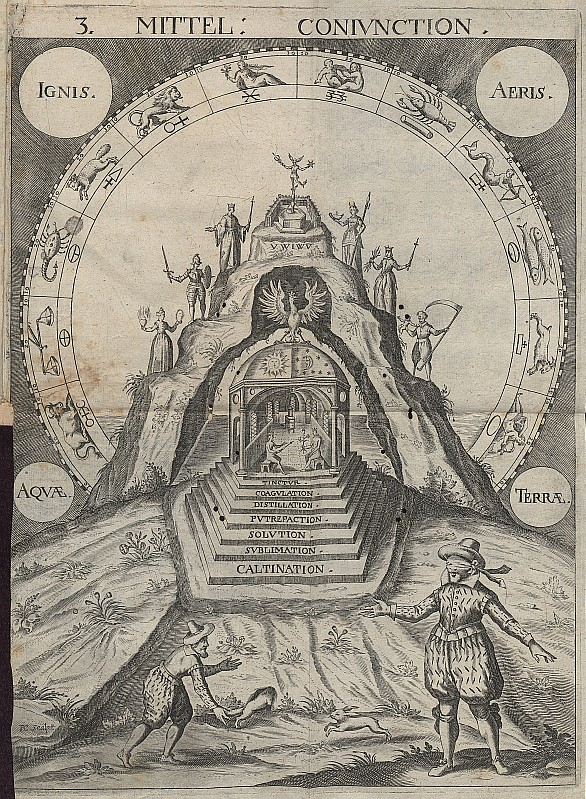
Symbols for Sulfur and Mercury
Symbols for sulfur and mercury 1F70D 🜍 ALCHEMICAL SYMBOL FOR SULFUR = brimstone 1F70E 🜎 ALCHEMICAL SYMBOL FOR PHILOSOPHERS SULFUR 1F70F 🜏 ALCHEMICAL SYMBOL FOR BLACK SULFUR = sulfur nigra, dye 1F710 🜐 ALCHEMICAL SYMBOL FOR MERCURY SUBLIMATE → 263F ☿ mercury → 1F75E 🝞 alchemical symbol for sublimation…
-
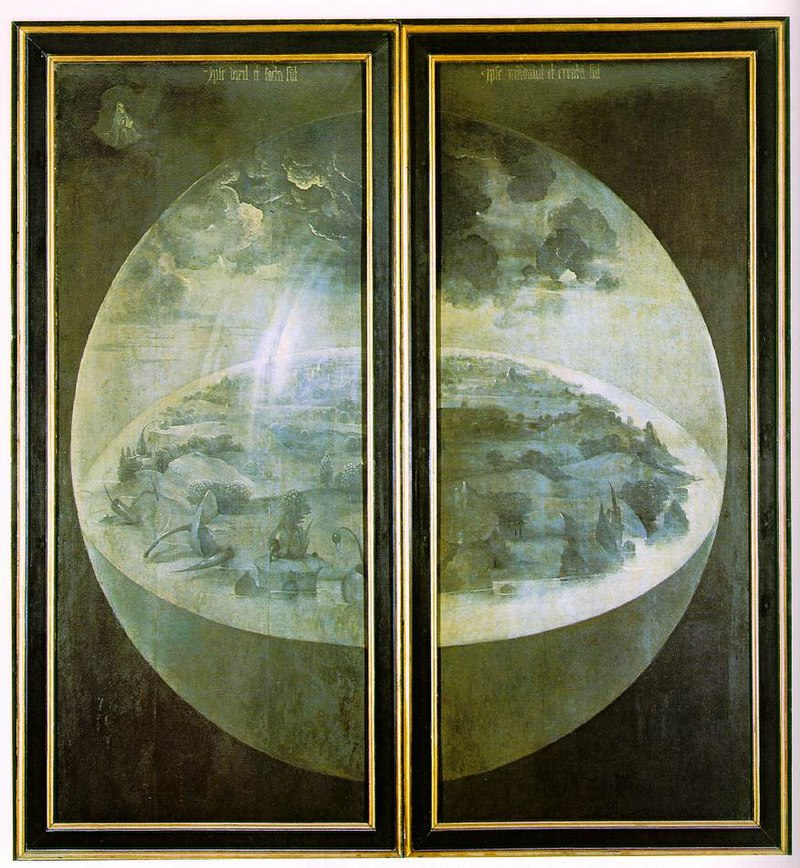
The Garden of Earthly Delights, Hieronymus Bosch
The Garden of Earthly Delights is the modern title[a] given to a triptych oil painting on oak panel painted by the Early Netherlandish master Hieronymus Bosch, between 1490 and 1510, when Bosch was between 40 and 60 years old. It has been housed in the Museo del Prado in Madrid, Spain since 1939. Bosch painted three large triptychs (the others are The Last Judgment of c. 1482 and The Haywain Triptych of c. 1516) that can be read…
-
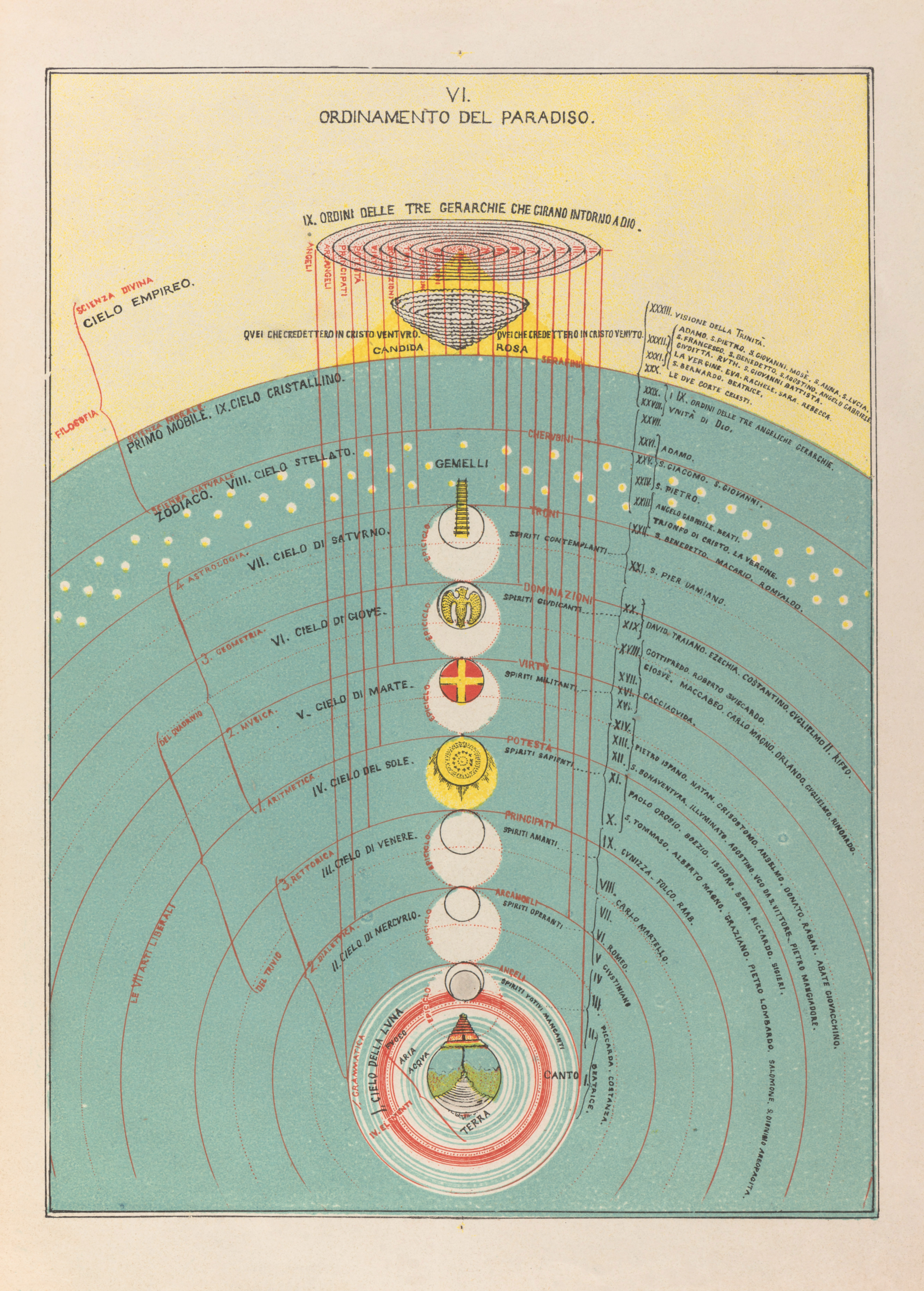
Seven heavens notes
In religious or mythological cosmology, the seven heavens refer to seven levels or divisions of the Heavens. The concept, also found in the ancient Mesopotamian religions, can be found in Judaism, Christianity, and Islam; a similar concept is also found in some other religions such as Hinduism. Some of these traditions, including Jainism, also have a concept of seven earths or seven underworlds both with the metaphysical realms of deities and with observed…
-
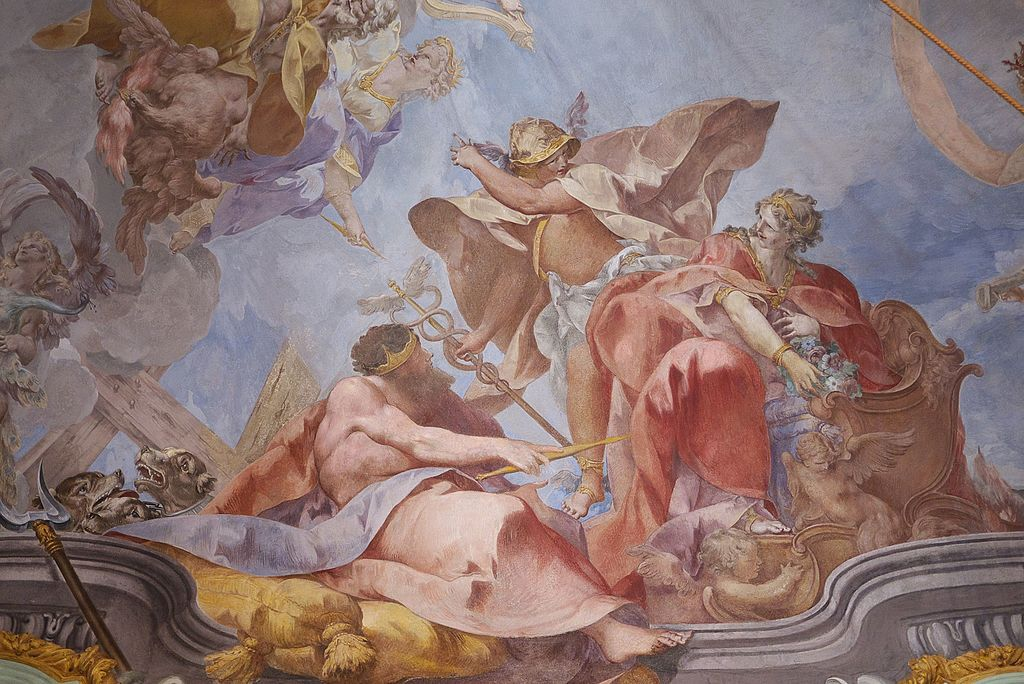
Dis Pater aka Rex Infernus, Roman god of the underworld, contracted from Dives Pater (“Father of Riches”)
Dīs Pater (Dītis Patris), otherwise known as Rex Infernus or Pluto, is a Roman god of the underworld. Dis was originally associated with fertile agricultural land and mineral wealth, and since those minerals came from underground, he was later equated with the chthonic deities Pluto (Hades) and Orcus. Dīs Pater’s name was commonly shortened to Dīs, and this name has since become an alternative name for the underworld or a part…
-

Daedalus (Greek mythology)
In Greek mythology, Daedalus (Greek: Δαίδαλος; Latin: Daedalus; Etruscan: Taitale) was a skillful architect and craftsman, seen as a symbol of wisdom, knowledge and power. He is the father of Icarus, the uncle of Perdix, and possibly also the father of Iapyx. Among his most famous creations are the wooden cow for Pasiphaë, the Labyrinth for King Minos of Crete which imprisoned the Minotaur, and wings that he and his son Icarus used…
-

Terminus (Roman god)
In Roman religion, Terminus was the god who protected boundary markers; his name was the Latin word for such a marker. Sacrifices were performed to sanctify each boundary stone, and landowners celebrated a festival called the “Terminalia” in Terminus’ honor each year on February 23. The Temple of Jupiter Optimus Maximus on the Capitoline Hill was thought to have been built over a shrine to Terminus, and…
-

Turms, Etruscan equivalent of Mercury and Hermes
In Etruscan religion, Turms (usually written as 𐌕𐌖𐌓𐌌𐌑 Turmś in the Etruscan alphabet) was the equivalent of Roman Mercury and Greek Hermes, both gods of trade and the messenger god between people and gods. He was depicted with the same distinctive attributes as Hermes and Mercury: a caduceus, a petasos (often winged), and/or winged sandals. He is portrayed as a messenger of the gods, particularly Tinia (Jupiter), although he is also thought…
-

Statue of Hermes (five fables)
There are five fables of ancient Greek origin that deal with the statue of Hermes. All have been classed as burlesques that show disrespect to the god involved and some scepticism concerning the efficacy of religious statues as objects of worship. Statues of Hermes differed according to function and several are referenced in these stories. Only one…
NOTES
- 🧬 Disease Table with Low Sodium Connection
- 🧂 Sodium Reduction and Sodium Replacement: A History of Reformulation and Exploding Diseases, Including Many Diseases Unheard of Before Deadly Sodium Policies
- 🧂 The DEADLY 1500 mg Sodium Recommendation predates the WHO’s formal global sodium reduction push by nearly a decade (and it’s even worse than that)
- 🧬 What Is Beta-Glucuronidase?
- When Sugar Was Salt: Crystalline Confusion and the Covenant of Sweetness
Tags
ADAM ASPARTAME Birds Blood Bones Brain Bugs Cancer Columba Cows crystallography Death Death cults Eggs Etymology Gastrin Gold Growth hormone History Hormones Insulin Liver Mere Perplexity Metal Monkey Business Mythology Paracetamol Plants Poison Pregnancy Protein Religion Reproduction Rocks Salt Slavery Snakes Sodium the birds and the bees Thiocyanate Tobacco Tylenol Underworld Venom zinc

